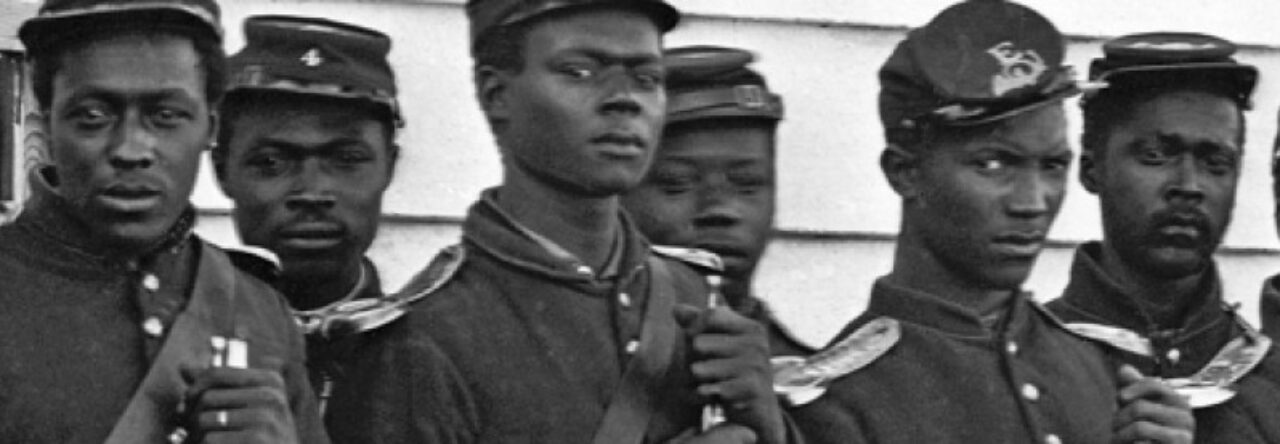Last year I discovered Wordle and it is such a fun, educational tool. Today was my first experience with Tagxedo, and like Samantha, I love that I can create word clouds in different shapes. Danny Nicholson, a teacher in the UK has posted about about different word cloud makers teachers can use and creative uses for Wordle. Another UK teacher has also posted 52 ways to use Wordle in with your students. The word clouds can be utilized to spark in-class discussions on why certain words are highlighted, and the ideas they represent. Students could write essays and create a word cloud based on the class submissions to discuss the common themes that appear in their writing.
Jacob Harris, a New York Times senior software architect asserted in a scathing piece that he believed word clouds were harmful for data journalism because “visualization is reporting”. For Harris, the danger lies in the simplification of signifiers and the reading of word clouds like “tea leaves at the bottom of a cup”. If anything, his insight enabled me to apply a more mindful approach to utilizing word clouds with my students. For teachers, the clouds are not the lesson, but serve as a springboard for deeper analysis of the complex topics that exist in history.
The image above represents our course discussion so far. The words that jumped off the screen for me were “students” and “history”, which are of prime importance to who we are as teachers. No matter what Harris says, I happen to really dig word clouds. It is awesome to have a visual representation of the ideas that are important to us as teachers and learners.
Just for the heck of it, check out the word cloud for the Jacob Harris piece titled Word Clouds Considered Harmful. I’m sure he would beg to differ, but pretty neat, huh?









